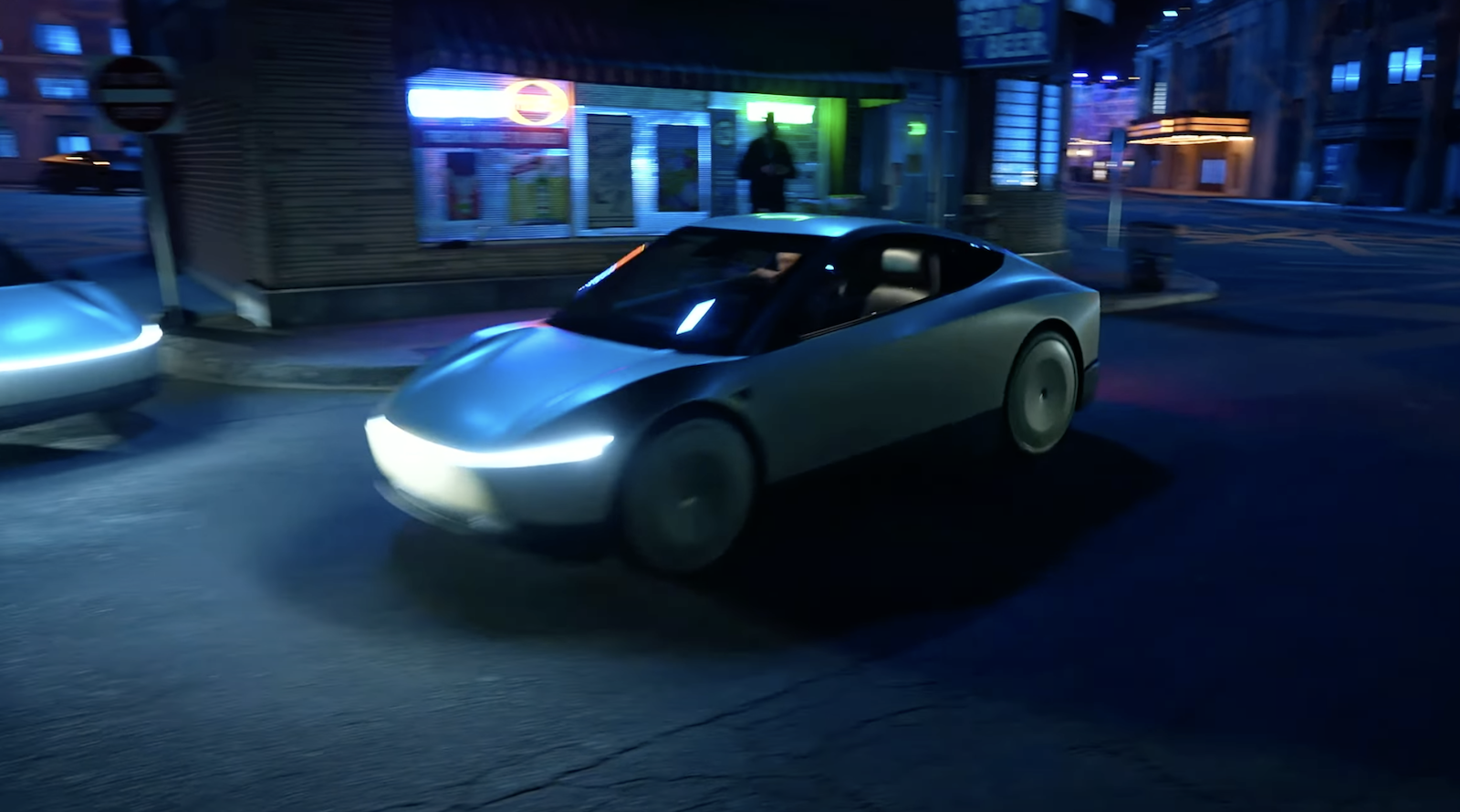Sign up for daily news updates from CleanTechnica on email. Or follow us on Google News!
Norway has been a staunch supporter of the EV revolution for more than a decade. At various times, it has boosted the sale of electric cars not with direct subsidies but with indirect inducements. Starting in 1990, any EV was exempt from import duties. From 2001 to 2022, they were also exempt from paying the VAT (value added tax) that applies to the purchase price of all other cars. The VAT can be as high as 25%, so exempting electric cars from paying it is a huge financial benefit to EV buyers. The country also waived the annual road tax from 1996 until 2021.
Norway promoted driving an EV in many other small ways. It allowed electric car drivers to park free in its major cities, gave them access to HOV lanes, and provided them with free or reduced tolls for the country’s bridges, tunnels, and ferries. (Norway has hundreds of those.) Early on, Tesla recognized the power of those incentives and marketed its electric cars in Norway, where they have been the EV sales champions year in and year out.
If incentives like the exemption from paying import duties and VAT disappear, sales should go down, right? That seems logical, but the theory of the S curve posits something quite the opposite. Once a new technology goes mainstream, there is no need for incentives any more. Market acceptance will continue to grow without them. LED light bulbs are a good example. And in fact the latest sales data from Norway shows EV sales continue to grow month after month.
Record Month For EVs In Norway

Electrive reports that 10,051 electric cars were sold in Norway in April, 2024 — an increase of 1,342 units or 15.4% from the prior month. Even more significantly, EV sales were up by 2,580 vehicles compared to April, 2023, an increase of 34.5% year over year. Total new car sales in Norway in April were 11,241, up 25% from the same month last year, according to the Norwegian road authority OFV. The proportion of ‘zero-emission cars,’ as they are called officially in Norway, was therefore 89.4%.
If plug-in hybrids are also included, 91% of all new cars have a charging connection. That means the market share of purely electric cars has increased significantly over the year; in April 2023, it was 83.2%. In April 2022, when most of the significant incentives were still in place, the figure was 74.1%.
In the US, there is a lot of hoopla about hybrids and plug-in hybrids becoming more popular as sales of battery-electric cars slow. But plug-in cars are available in Norway and accounted for only 1.6% of sales last month. In April, 2024, just 178 new PHEVs hit the road, 75% fewer than in April 2023. So far in 2024, only 629 new plug-in hybrids have been sold, a decline of 72%. Full hybrids accounted for 520 new registrations in April, while petrol-only vehicles still had a market share of 1.2% with 136 vehicles.
However, an unusually high number of new cars with diesel engines were registered in April (356 units), giving diesel a market share of 3.2%. Electrive explains that in a pure import market like Norway, one-off effects can play an important role. For example, when a shipload of new cars arrives, the registrations of certain models or manufacturers can go up sharply in that month.
Tesla Model Y Toppled From First Place In Norway
Here’s a bit of a shocker, one that should give Elon Musk pause. The Tesla Model Y was the undisputed sales leader in the first quarter of 2024, but only garnered 701 new registrations in April, moving it down to fourth place in sales. At the top of the model ranking was the Volvo EX30 with 1,191 new registrations, followed by the Volkswagen ID.4 with 986 units sold and the Volkswagen ID.3 with 749 sold. Maybe, if Electrive is correct, those numbers are skewed because a shipment of Volkswagen cars arrived in Norway but no boats with Tesla cars aboard found their way to ports in Norway last month.
Perhaps we shouldn’t put too much stock in those numbers and should wait for more long term data before jumping to any conclusions. But the little Volvo SUV is proving to be very popular in markets where it is available, which could be a cloud on the horizon Tesla should be concerned about
The Toyota bZ4X sold 519 units, the Audi Q4 e-tron sold 407 copies, the MG4 notched 361 sales and there were several “also rans” in the April sales derby including the Hyundai Kona — 315, Nissan Ariya — 295, Ford Mustang Mach-E — 295, and Honda e:Ny1 — 283. At the bottom of the sales charts were the Skoda Enyaq — 133 ,and Volvo EX40 — 154.
The Takeaway
The Norway experience is exactly what the S curve model suggests it should be. As new technologies go mainstream, the need for incentives decreases. But the S curve is not a static thing. It presupposes constant innovation along the way in order to stay ahead of the competition. The basic platform for the Tesla Model 3 and Model Y was created during the Obama administration. While Chinese manufacturers have been innovating like crazy over the past 8 years, Tesla has stuck with its 4 basic models and focused instead on how to build them cheaper. If the latest sales numbers from Norway are any indication, that strategy could be a major stumbling block for Tesla. Or they could be nothing but an aberration. We’ll just have to wait and see what the future has in store.
Have a tip for CleanTechnica? Want to advertise? Want to suggest a guest for our CleanTech Talk podcast? Contact us here.
Latest CleanTechnica.TV Video
CleanTechnica uses affiliate links. See our policy here.





